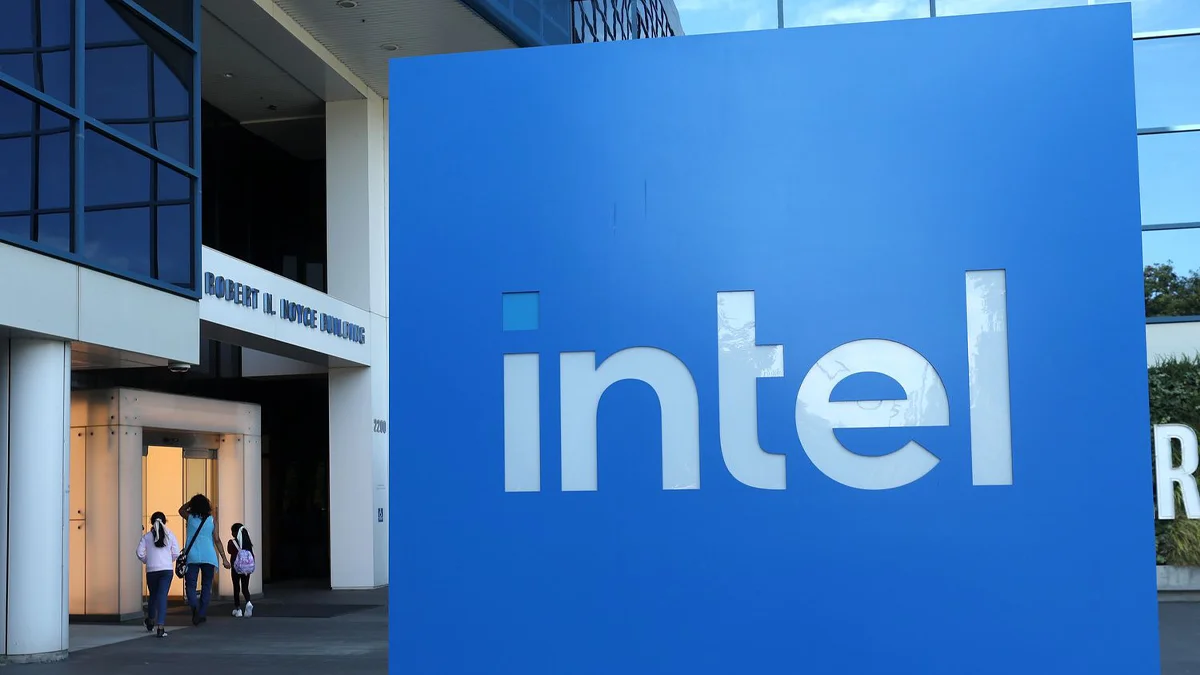Necessary Always Active
Necessary cookies are required to enable the basic features of this site, such as providing secure log-in or adjusting your consent preferences. These cookies do not store any personally identifiable data.
|
||||||
|
||||||
|
||||||
|

Intel will be sharing its Q4 earnings report on April 24, Reuters reported. The report is expected to spotlight the new Intel CEO Lip-Bu Tan and give investors a clear view of his turnaround strategy. Investors also expect the report to highlight early signs that Tan is reversing strategic lapses in the embattled chipmaker.
Media reports indicate that Tan has started flattening the leadership structure as part of his Intel chip business recovery strategy. Critical chip groups are reporting to him. Analysts see streamlining operations as an important part of his turnaround strategy. The move is aimed at refocusing Intel’s business while freeing up funds for chip manufacturing investments.
As Intel focuses on internal operations, analysts say that Tan’s priority should be building investor confidence in the chip manufacturer. Intel was a dominant force in the chipmaking industry for decades. But the tech giant company has been losing ground to chipmaker AMD in the data center chip and personal computer marketers.
AI chip maker Nvidia has taken the lead in the artificial intelligence front.Tan took over as Intel CEO in March this year, months after exiting the company’s board following disagreements over the firm’s direction back in August 2024.
“The most important thing for Intel now is Lip-Bu Tan’s playbook. How he can give investors confidence that he is the person who can turn Intel around and whether a turnaround is possible in the first place,” Gabelli Funds Portfolio Manager Hendi Susanto said.
Tan’s turnaround efforts are complicated by the trade war between the US and China. Earlier this year, the US introduced AI chip and technology export restrictions, limiting the amount of chips that big techs can export to other countries. Although the US is yet to impose tariffs on semiconductors, President Donald Trump’s administration has launched probes into chip imports with a view of introducing tariffs.
China’s response to this threat has been swift. Earlier this month, the China Semiconductor Industry Association released a notice showing that US-made chips could face levies of 85% or more. These tariffs are significant for Intel. Last year, China constituted the largest market for the US chip maker, generating close to 25% of its total revenue.
Analysts argue that Intel may benefit from the trade war in quarter one of 2025 as Chinese manufacturers pulled their PC shipments forward in anticipation of the import duties. According to data from Canalys, global PC shipments increased by 9.4% in this quarter.
Intel also has the option of routing production to facilities outside the US, including its Ireland fabrication facility. The facility handles a significant volume of Intel’s chip production, which could reduce some pressure from the Trump tariffs for the company.
Unlike rivals such as Nvidia and AMD, Intel designs and produces its processors. Both AMD and Nvidia outsource their chip production functions to Taiwan’s TSMC. However, Intel relies on TSMC to manufacture some of its most advanced chips. This move will most likely protect some of its units from Chinese tariffs.
Tan has expressed commitment to focus on Intel’s chip business and its contract manufacturing unit. The two aspects were at the heart of Intel CEO Pat Gelsinger’s plan. Even so, Intel’s AI plan remains unstable. The chip maker has already downgraded its Falcon Shores graphics chips to internal testing.
This means the company no longer has a competitive flagship in the growing AI market. Recently, Intel promoted its networking head Sachi Katti to the Chief Technology Officer and AI Lead role.
Analysts expect the overall Intel revenue 2025 to dip by 3.4% in the quarter under review. The company is expected to hit the $945 million mark, up from $381 million a year ago. Revenue from Intel’s PC unit is expected to drop by 11% while that from its data center business to dip 1%.